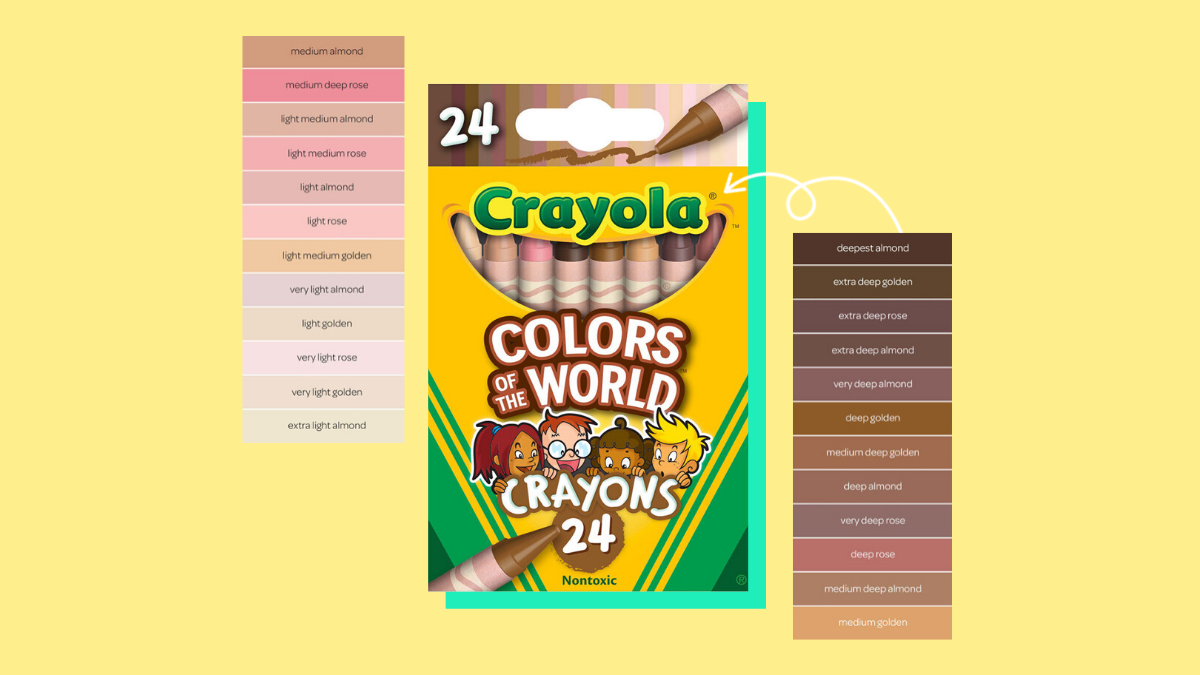- Thread starter
- #61
DragonOfTheAerie
 Vala
Vala
I really like to describe my characters. Maybe you guys don't, but my preference is to give a clear idea of what my characters look like. A character's appearance can say a lot about what they are like (clothing, body language...) I have a picture in my mind of what most of my characters look like, which I want to share. Also, having fan art sounds amazing...
Of course, I write in the first person, so my descriptions will be based on my MCs' perception. My MC's might not notice skin color that much. They live in the tropics, where light skin is relatively rare. (Average would be maybe a medium brown.) People with light skin are familiar but they exist outside the bell curve. So, my characters might feel compelled to describe a light-skinned person's skin color, but not someone with a darker skin tone. It might be more interesting to focus on clothing, weapons, and stuff like that in description rather than skin/hair/eye color. (There's rarely a reason to describe eye color. I don't even notice eye color when I meet someone.) But, skin color will probably come up. Especially with the love interest of my female MC, who loves to describe. (Her POV provides lots of description.)
My MCs themselves probably won't feel the need to describe themselves or each other.
Of course, I write in the first person, so my descriptions will be based on my MCs' perception. My MC's might not notice skin color that much. They live in the tropics, where light skin is relatively rare. (Average would be maybe a medium brown.) People with light skin are familiar but they exist outside the bell curve. So, my characters might feel compelled to describe a light-skinned person's skin color, but not someone with a darker skin tone. It might be more interesting to focus on clothing, weapons, and stuff like that in description rather than skin/hair/eye color. (There's rarely a reason to describe eye color. I don't even notice eye color when I meet someone.) But, skin color will probably come up. Especially with the love interest of my female MC, who loves to describe. (Her POV provides lots of description.)
My MCs themselves probably won't feel the need to describe themselves or each other.


 Troubadour
Troubadour Acolyte
Acolyte Maester
Maester
 Myth Weaver
Myth Weaver